
Installation OFF FENCE at the Venice Biennale of Architecture 2021
Publisher
Tisková zpráva
25.05.2021 21:45
Tisková zpráva
25.05.2021 21:45
BoysPlayNice
Italy
Venice
Tereza Kučerová
MOLO ARCHITEKTI
By invitation of the chief curator Hashim Sarkis, Matěj Hájek and Tereza Kučerová will participate for the first time in the Venice Architecture Biennale. As the only representatives of the Czech Republic at this prestigious exhibition of contemporary architecture with this year's theme How will we live together? In the section How will we play together? at the freely accessible Forte Marghera, they will present the installation OFF FENCE / PLOT.
The fence symbolizes separation. Throughout historical development, various forms of walls have divided society, whether physically, geographically, culturally, or socially. If we ask the question How will we live together, we must first recognize what separates us. What divides us from the state we aspire to.
The OFF FENCE installation, with its radical placement, cuts across the existing gravel path, manifesting the phenomenon of separation. "We choose a confrontational note. We cut through the path. We transform the obstacle into an impulse. Into an impulse of change," adds the author, sculptor Matěj Hájek.
Visitors to the Biennale are confronted with an obstacle – a wooden fence. If they wish to continue on their path, they are forced to resolve the situation. They can abandon their intention to move forward, go around the obstacle, or pass through the installation. This physical act takes on, in the context we have formulated, a symbolic meaning: it allows entry into the obstacle, and thereby entry into the problem. "Through play, we take a bold step. With our own initiative, we drive the dynamo of change. Play is the initiation of change. By entering the physical body of the obstacle, we overcome ourselves," describes Hájek.
Tereza Kučerová adds: "In cities, there are not enough opportunities for free movement of children. Playgrounds are often designed as the only places for play. The fence that encloses playgrounds is, for us, a symbol of this lack. It separates children from the rest of the urban environment. In cities designed with children’s needs in mind, fences are unnecessary."
Hájek is engaged in the broader relations of play elements in his research as part of his doctoral thesis at the Academy of Fine Arts in Prague. "The spatial composition of the play element arises from applying knowledge from the field of neuroscience. Moving across sloping planes of platforms stimulates the physical apparatus, and thereby enhances the educational potential of play."
His artistic work lies at the intersection of architecture, sculpture, and land art. He has long focused on the relationship between sculpture and the play function, realized in the form of large projects for children's playgrounds, such as the Bororo Reservation in Prague Zoo or the PECKA Play Landscape in Velká Úpa. The projects he has participated in have received awards including the Grand Prix of Architects, Wooden Building of the Year, and nomination for Czech Grand Design. Since October 2019, he has been a doctoral student at his home AVU in the studio of Tomáš Hlavina. He lives and creates in Prague, where in 2020 he co-founded the creative studio SKULL with photographer Bet Orten. This is a natural outcome of both authors' work. The SKULL studio oversees projects from the first idea, sketch to realization, installation, and subsequent visual processing of the work (photography, videos).
Tereza Kučerová (* 1980 Pardubice) studied at the AAAD in the architecture studio. After finishing school, she became part of the association MOLO architects, with whom she has worked and created for 10 years. They primarily focus on wooden constructions, in addition to private housing, also on designs for kindergartens, cafes, and interiors. She collaborates with sculptor Matěj Hájek on designs for children's playgrounds (Bororo in Prague Zoo, Play Landscape Pecka in the Krkonoš mountains). Her work has been awarded in the Wooden Building of the Year competitions or with the company For a Beautiful Olomouc.
The fence symbolizes separation. Throughout historical development, various forms of walls have divided society, whether physically, geographically, culturally, or socially. If we ask the question How will we live together, we must first recognize what separates us. What divides us from the state we aspire to.
The OFF FENCE installation, with its radical placement, cuts across the existing gravel path, manifesting the phenomenon of separation. "We choose a confrontational note. We cut through the path. We transform the obstacle into an impulse. Into an impulse of change," adds the author, sculptor Matěj Hájek.
Visitors to the Biennale are confronted with an obstacle – a wooden fence. If they wish to continue on their path, they are forced to resolve the situation. They can abandon their intention to move forward, go around the obstacle, or pass through the installation. This physical act takes on, in the context we have formulated, a symbolic meaning: it allows entry into the obstacle, and thereby entry into the problem. "Through play, we take a bold step. With our own initiative, we drive the dynamo of change. Play is the initiation of change. By entering the physical body of the obstacle, we overcome ourselves," describes Hájek.
Tereza Kučerová adds: "In cities, there are not enough opportunities for free movement of children. Playgrounds are often designed as the only places for play. The fence that encloses playgrounds is, for us, a symbol of this lack. It separates children from the rest of the urban environment. In cities designed with children’s needs in mind, fences are unnecessary."
Hájek is engaged in the broader relations of play elements in his research as part of his doctoral thesis at the Academy of Fine Arts in Prague. "The spatial composition of the play element arises from applying knowledge from the field of neuroscience. Moving across sloping planes of platforms stimulates the physical apparatus, and thereby enhances the educational potential of play."
Construction Methods and Main Materials Used in the Project
The side walls of the construction are made of larch profiles (60 × 120 cm), which are interconnected and simultaneously connected to the supporting structure of galvanized steel using threaded rods to create the whole installation. Along the entire length of the wooden "fences," horizontal HEA profiles are placed underground, forming one spatial unit. The sloping platforms that fill the spaces between the fences are made using larch beams and clad with colored anti-slip plywood. The access ladders are made of galvanized steel.Spatial Solution
The installation consists of four "fences" made of larch profiles, which gradually deviate from the vertical axis. The "fences" are interconnected by sloping platforms that allow movement across the play element. Access to the installation is possible via sloping platforms and from the sides via steel ladders.Materials
galvanized steel – parts of the supporting structure, access ladders, handrails
Siberian larch – supporting structure, platforms supporting structure
colored plywood – platforms
Products and brands
Custom fabrication: JJ-konstrukt – steel structure; Doby Constep s.r.o. – manufacturing and assembly of wooden elements; fastening materials SFS intec s.r.o.
Additional Information
The Biennale in Venice has been one of the most prestigious cultural institutions in the world for over a hundred years. Since its inception, it has showcased the latest artistic trends and organized international exhibitions of contemporary art. In the 1980s, the first international exhibition of architecture took place. Due to the coronavirus pandemic, the 17th edition of the Architecture Biennale was postponed from its original date in 2020 to this year. The Biennale can be visited from May 22 to November 22, 2021, at the Arsenale, Giardini, and newly also at Forte Marghera.About the Studio / Author
Matěj Hájek (* 1982 Prague) is a Czech artist and founding member of the group Ztohoven (2003), under the pseudonym Otto Horsi. He was born in 1982 in Prague. In 2003, he began studying at the Academy of Fine Arts in Prague in the studio of new media Veronika Bromová. He graduated from the sculpture studio under Jaroslav Róna.His artistic work lies at the intersection of architecture, sculpture, and land art. He has long focused on the relationship between sculpture and the play function, realized in the form of large projects for children's playgrounds, such as the Bororo Reservation in Prague Zoo or the PECKA Play Landscape in Velká Úpa. The projects he has participated in have received awards including the Grand Prix of Architects, Wooden Building of the Year, and nomination for Czech Grand Design. Since October 2019, he has been a doctoral student at his home AVU in the studio of Tomáš Hlavina. He lives and creates in Prague, where in 2020 he co-founded the creative studio SKULL with photographer Bet Orten. This is a natural outcome of both authors' work. The SKULL studio oversees projects from the first idea, sketch to realization, installation, and subsequent visual processing of the work (photography, videos).
Tereza Kučerová (* 1980 Pardubice) studied at the AAAD in the architecture studio. After finishing school, she became part of the association MOLO architects, with whom she has worked and created for 10 years. They primarily focus on wooden constructions, in addition to private housing, also on designs for kindergartens, cafes, and interiors. She collaborates with sculptor Matěj Hájek on designs for children's playgrounds (Bororo in Prague Zoo, Play Landscape Pecka in the Krkonoš mountains). Her work has been awarded in the Wooden Building of the Year competitions or with the company For a Beautiful Olomouc.
The English translation is powered by AI tool. Switch to Czech to view the original text source.
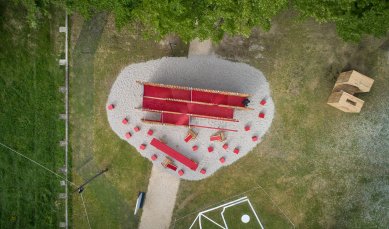
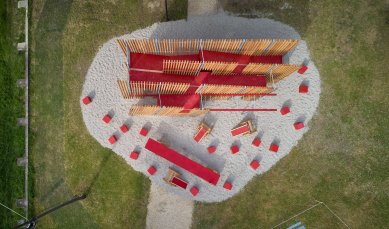
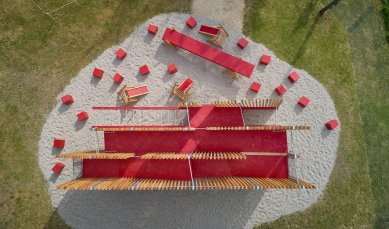
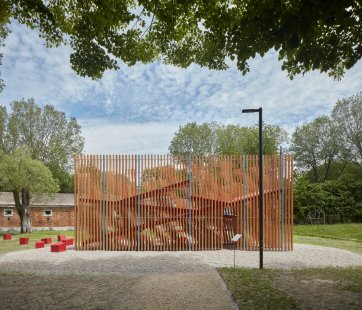
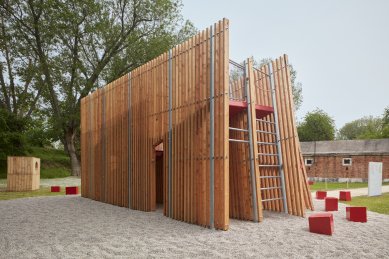
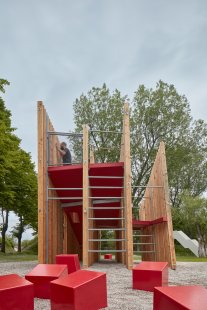
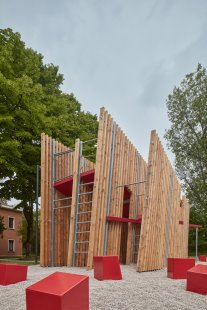
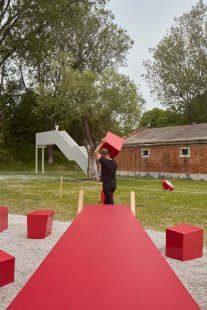
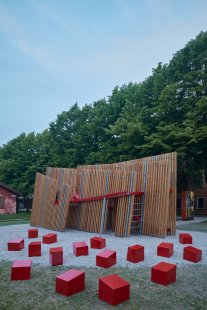
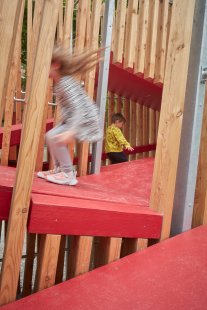
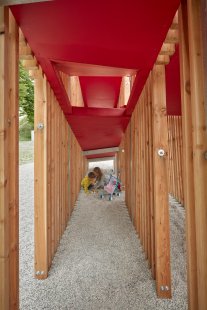
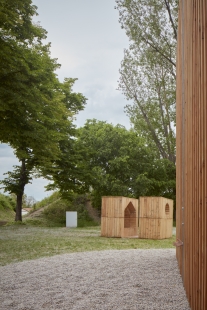
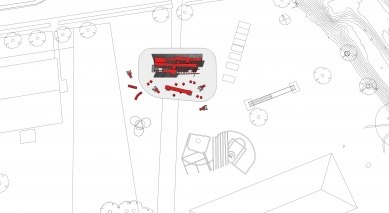
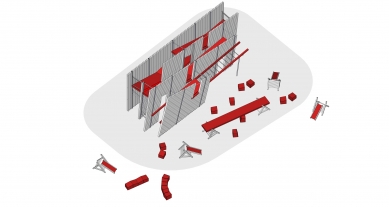
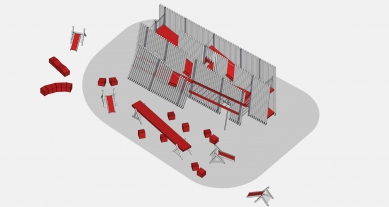
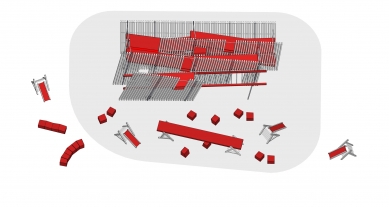
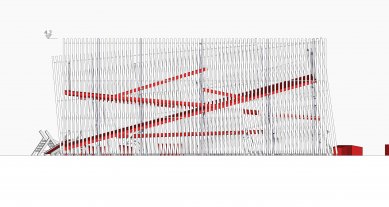
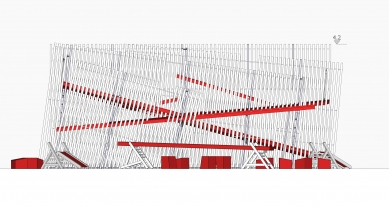
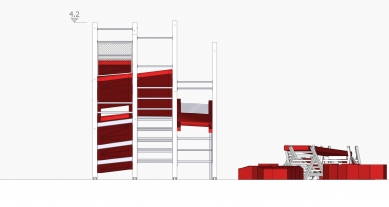
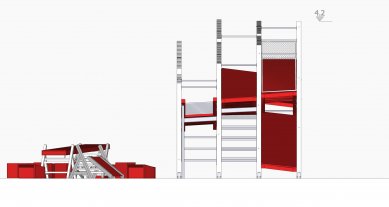
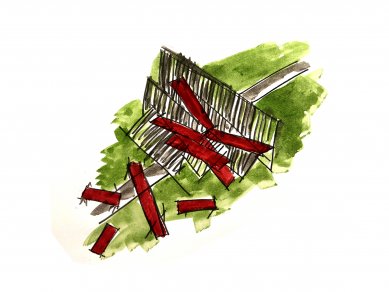
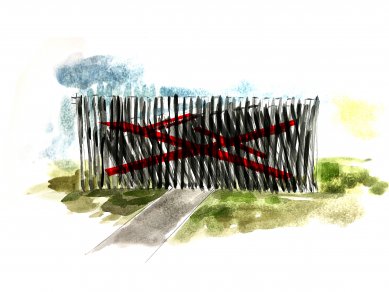
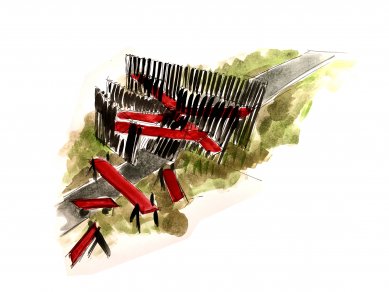
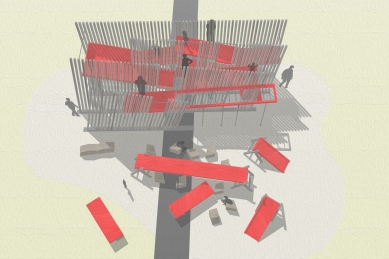
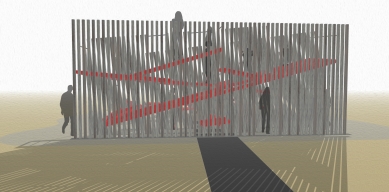
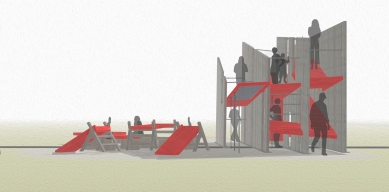
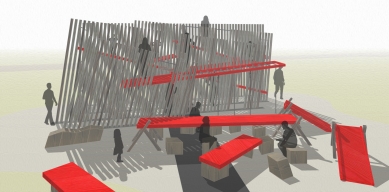
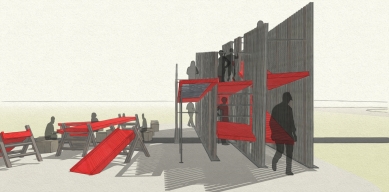
0 comments
add comment












